The Hidden History of Five Suppressed Technologies: Unveiling Innovations Kept in the Shadows
A darker narrative emerges in the corridors of innovation and progress—a saga of revolutionary technologies suppressed by clandestine forces.
From Nikola Tesla's visionary ambitions for free, wireless energy to Wilhelm Reich's controversial orgone accumulator, each discovery threatened established interests. The deaths of inventors like Stanley Meyer and Eugene Franklin Mallove, shrouded in suspicion and conspiracy, underscore a pattern of obstruction and elimination. These pioneers dared to challenge the status quo, only to face relentless persecution and mysterious ends. As we peel back the layers of secrecy surrounding these suppressed technologies, we uncover a chilling reality: powerful entities have wielded influence to bury advancements that could have reshaped our world. Join us as we unravel five little-known histories and confront the shadows cast over innovation and progress.
NIKOLA TESLA'S FREE ENERGY
Nikola Tesla, revered as one of the most brilliant inventors in history, envisioned a future powered by limitless, wireless energy. In the early 20th century, Tesla developed the Wardenclyffe Tower, an innovative system aimed at transmitting electrical power through the Earth's atmosphere without the need for wires. His revolutionary goal was to democratize energy access globally, providing free and abundant power to everyone.
Yet, Tesla's ambitious project was met with financial and political obstacles. Powerful industrialists and influential financiers, deeply entrenched in the existing energy landscape, saw Tesla's pioneering technology as a direct threat to their established interests and profits. They exerted significant pressure to defund and dismantle Tesla's visionary endeavor, a struggle that ultimately led to the suppression of his groundbreaking technology.
As a result, despite Tesla's groundbreaking advancements and altruistic aspirations, his vision of universal, free energy was tragically stifled and buried under layers of vested interests and bureaucratic hurdles. The enduring legacy of Tesla's vision inspires scientific inquiry and alternative energy pursuits. Amazingly, during his life, Nikola Tesla obtained more than 300 patents worldwide.
RIFE TECHNOLOGY
Royal Raymond Rife, a brilliant scientist and inventor in the early 20th century, developed the Rife machine, a device designed to use specific electromagnetic frequencies to target and eliminate pathogens, including cancer cells. Rife's revolutionary technology showed remarkable promise in curing various diseases, including cancer, through non-invasive means. However, his groundbreaking work posed a significant threat to the medical establishment and Big Pharma.
The American Medical Association (AMA) and its influential figurehead, Morris Fishbein, fiercely opposed Rife's machine. Fishbein, known for his ties to Big Pharma, orchestrated a campaign to discredit Rife and suppress his technology. Since the AMA could not gain control of Rife's work, Fishbein decided to crush it. Despite numerous successful demonstrations and endorsements from prominent doctors and researchers, Rife faced relentless legal and professional persecution. Rife’s laboratories were raided, his research papers were confiscated, and he was dragged through years of costly litigation, ultimately bankrupting him.
In a tragic turn, Rife's life spiraled into despair. Stripped of his livelihood and reputation, he succumbed to depression and poverty. The medical mafia, protecting the interests of Big Pharma, ensured Rife's demise. He died under suspicious circumstances, officially labeled as a “drug overdose.”
WATER-POWERED CARS
The elusive dream of water-powered cars, vehicles that run on hydrogen extracted from water, has captivated innovators and environmentalists for decades. Stanley Meyer, a prominent advocate, made headlines with his invention, promising to overhaul the automotive industry and diminish reliance on fossil fuels. Meyer achieved a breakthrough with his invention known as the water fuel cell. This device used electrical energy to separate water into hydrogen and oxygen, a process he asserted required minimal energy input. His innovation was celebrated for its efficiency and sustainability in fuel production. However, Meyer's pioneering efforts in a water fuel cell were swiftly met with fierce opposition and legal battles.
In a sinister twist, Meyer's life came to an abrupt end under suspicious circumstances. During a seemingly routine meal at a restaurant, he consumed cranberry juice and suffered a sudden, violent reaction. Gasping for air, Meyer frantically gestured that he was being poisoned before collapsing in the parking lot. His chilling last words, "They poisoned me," echoed through the investigation, yet authorities inexplicably closed the case within three months. Dubbing it "death by natural causes," they sealed the file, brushing aside mounting questions and leaving claims of foul play unresolved. Nothing to see here. Move along, please. No more questions.
The shadowy episode surrounding Meyer's demise serves as a stark reminder of the powerful interests at play in suppressing disruptive technologies. Despite ongoing environmental imperatives and technological advancements, the widespread adoption of water-powered vehicles remains a distant prospect, hampered by the pervasive influence of oil magnates and their vested interests in maintaining the status quo.
COLD FUSION
Cold fusion, a form of nuclear reaction occurring at or near room temperature, was first reported by Martin Fleischmann and Stanley Pons in 1989. This technology promised virtually limitless, clean energy. Following in their footsteps, Eugene Franklin Mallove, a respected scientist and advocate for alternative energy technologies, dedicated much of his career to researching and promoting cold fusion.
Mallove's advocacy for cold fusion and other suppressed energy technologies made him a vocal critic of the mainstream scientific community and the energy establishment. He authored books, articles, and lectures that challenged the prevailing views on energy production and advocated for wider recognition and funding for cold fusion research.
In 2004, Mallove was tragically murdered in what appeared to be a robbery outside his childhood home in Norwich, Connecticut. His death shocked the scientific community and raised suspicions of foul play due to the timing and circumstances surrounding the incident. Despite arrests and convictions in connection with the murder, lingering questions persist about the motives and potential conspiratorial elements behind Mallove's murder.
THE ORGONE ACCUMULATOR
Wilhelm Reich's pioneering work on orgone energy and the Orgone Accumulator challenged conventional medical and scientific paradigms in the mid-20th century. His device purportedly harnessed a universal life force, orgone energy, which Reich theorized could heal diseases and promote well-being. Despite garnering support from some researchers and practitioners who observed positive results, Reich faced vehement opposition and persecution from mainstream institutions, particularly the U.S. Food and Drug Administration (FDA).
The FDA, under the influence of powerful medical and pharmaceutical interests, deemed Reich's claims fraudulent and launched legal actions to suppress his work. In 1956, Reich was convicted of contempt of court for refusing to halt the distribution of his devices, resulting in a two-year prison sentence. During his incarceration, Reich's publications were forcibly removed from circulation, his magazine ceased, and his orgone energy accumulators were seized and publicly incinerated in the presence of FDA officials. This act paralleled the notorious Nazi book burnings, symbolizing the suppression of dissenting ideas and alternative medical approaches. After enduring eight months of imprisonment, Reich mysteriously died in November 1957 at Lewisburg Penitentiary.
His death was attributed to a heart attack, but many believe that foul play was involved. Reich's outspoken challenges to established medical practices and his disruptive technologies posed a significant threat to entrenched interests, and his imprisonment and subsequent death were likely orchestrated to prevent the widespread acceptance of orgone energy and maintain the dominance of conventional medical treatments.
CONCLUSION
In exploring the history of suppressed technologies, it becomes clear that groundbreaking innovations often face formidable obstacles from entrenched interests. From Nikola Tesla's visionary pursuit of free energy to Wilhelm Reich's pioneering work with orgone energy, and the tragic fates of inventors like Royal Raymond Rife, Stanley Meyer, and Eugene Franklin Mallove, these stories paint a disturbing picture of innovation thwarted by powerful forces.
The suppression of these technologies not only stifled potential breakthroughs that could have transformed our world but also perpetuated dependency on existing systems that may not serve humanity's best interests. Whether through legal persecution, financial sabotage, or even suspicious deaths under murky circumstances, the pattern of resistance to disruptive technologies is undeniable.
As we reflect on these histories, we must question why such advancements were quashed and what potential benefits were lost to society. Today, amid growing environmental concerns and the urgent need for sustainable energy solutions, the time to reconsider these suppressed technologies is more critical than ever.
One such technology making waves is the EESystem, which represents a leap forward in holistic health and energy applications. It could potentially revolutionize how we understand and harness energy for personal well-being. As interest in alternative therapies and energy sources grows, exploring the EESystem could provide insights and benefits previously denied by conventional practices. You owe it to yourself to learn about this technology!
Click here to find a UNIFYD Healing Center near you.
Visit this website to learn more about the EESystem and read scientific research.





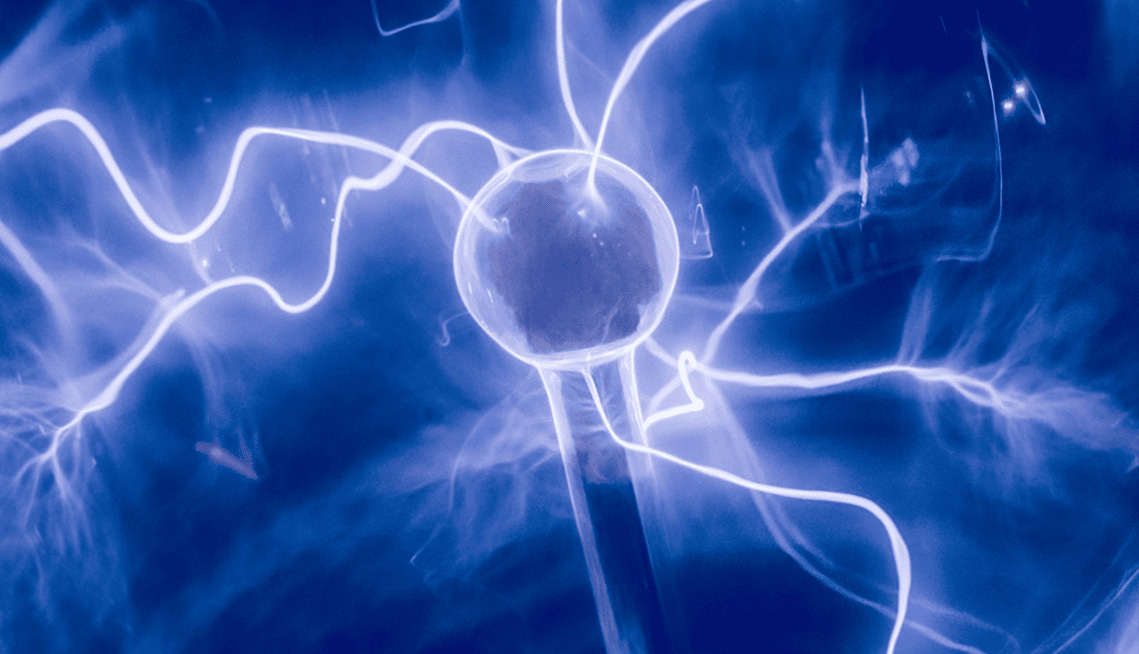
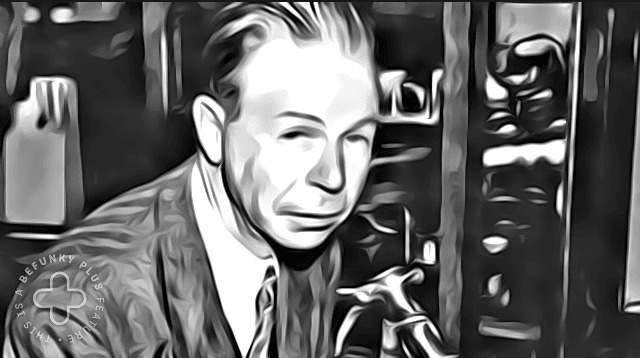
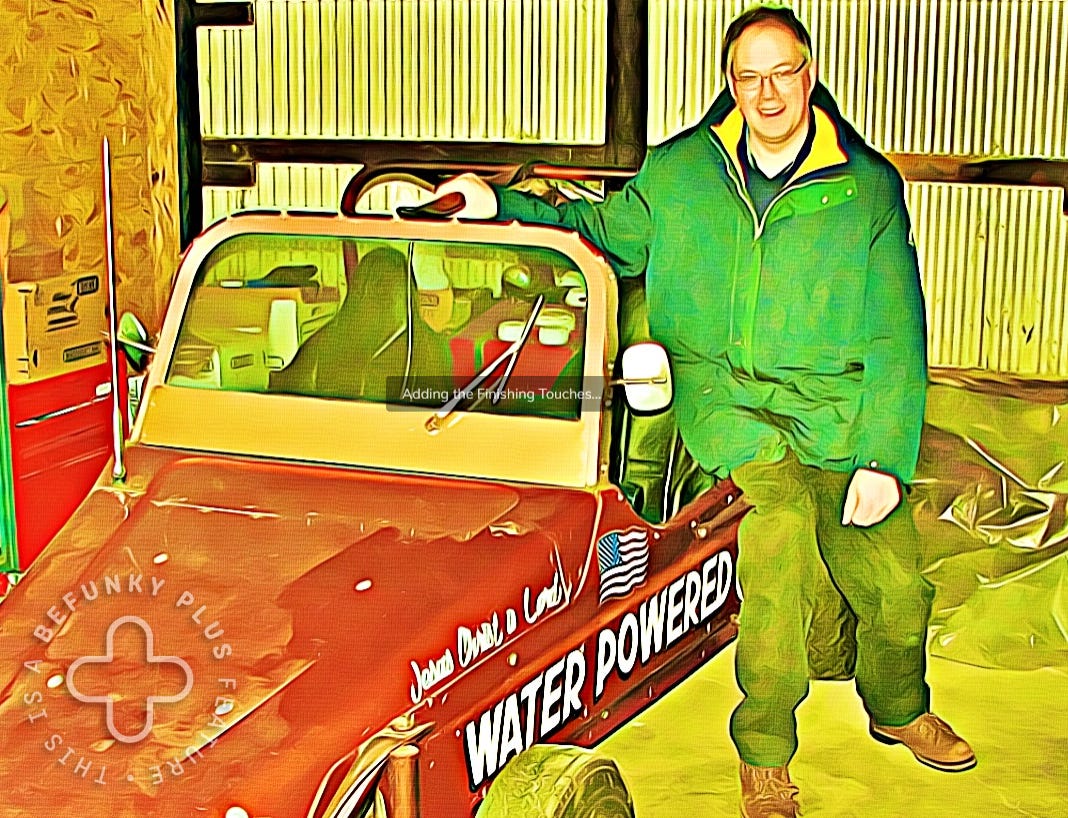
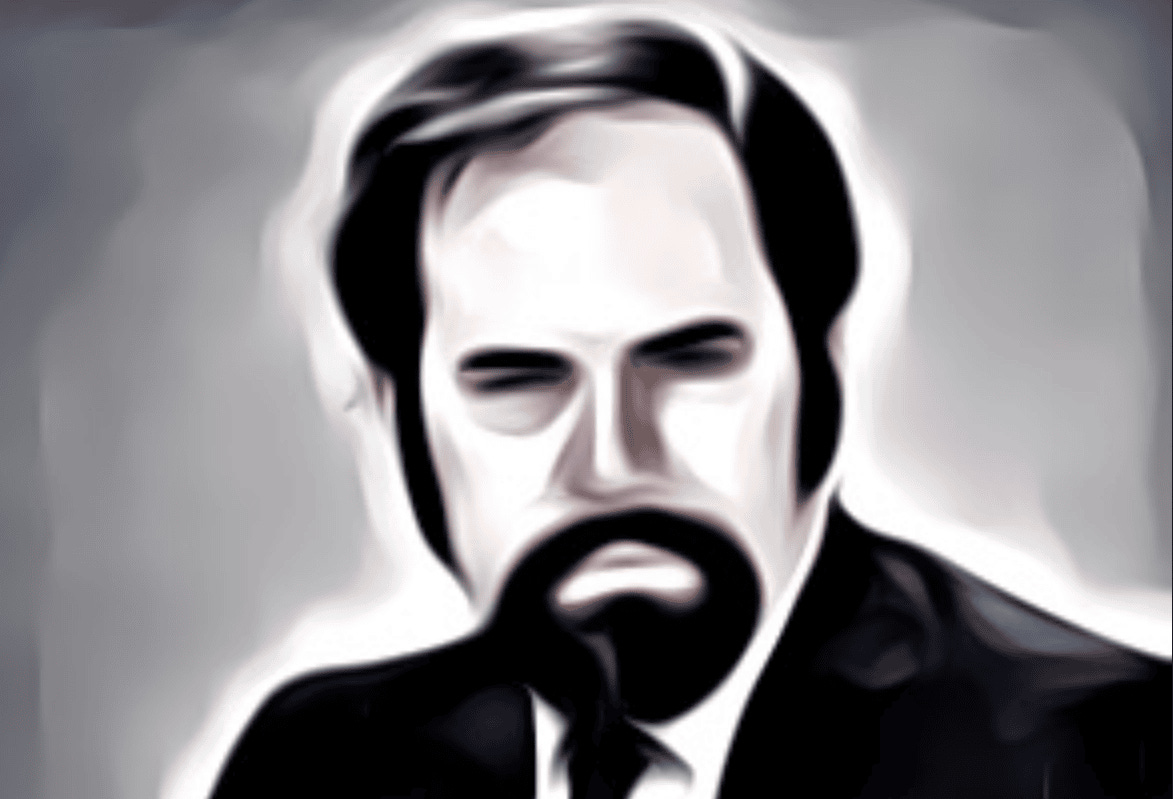
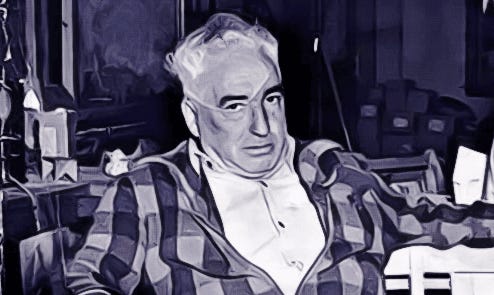
Pharma is about keeping or making us sick with their scams
Pharma thinks they deserve to get all of the money people pay for their health, whether they make them better (most likely NOT) or whether they kill them all. Most of us who know better realize that there is more than one way to treat an illness. It still should be up to the patient and the doctor.